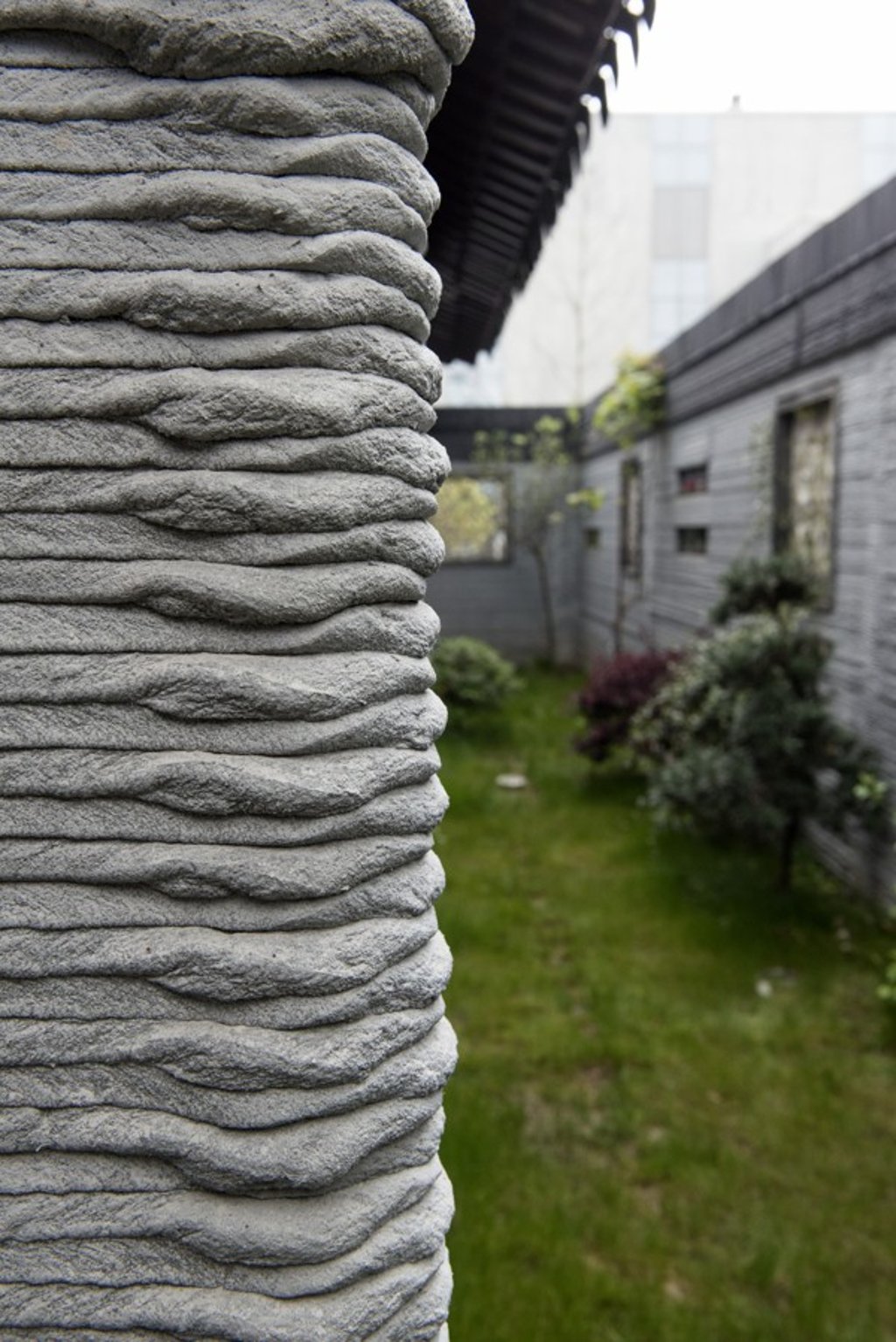‘We could 3D-print Trump’s wall’: China construction visionaries set to revolutionise an industry rife with graft and old thinking
Three days to build a villa, and a tower that rises by three storeys a day - between them Ma Yihe, 3D-printing proprietor, and modular architecture pioneer Zhang Yue may hold the keys to building industry’s future

“Donald Trump could build his wall much cheaper and in less than a year,” Ma Yihe says, laughing, although he is not joking. “We could definitely do it. Maybe at around 60 per cent of the projected cost and three to four times faster.”

Ma is the founder and chairman of WinSun, a Jiangsu province-based company that doesn’t hide its ambitions. “We print architecture’s future,” claims its brochure. And that’s no idle boast: in 2008, WinSun became the first company in the world to use a 3D printer to create a building, and its projects have grown considerably in stature since then.
“Last year we developed 80- and 130-square-metre Chinese-style courtyard homes. It took just two days to print and put them together,” says Ma, in a suitably futuristic conference room. “And we were also the first to create a five-storey residential block – built in just a month – in a factory [in 2015].”
Even WinSun’s huge plant, in Suzhou Industrial Park, was 3D-printed. Inside the grey rectangular cube, photographs of the company’s best-kept secret – a 150-metre-long, 10-metre-wide and 6.6-metre-high 3D printer – are forbidden. Except for the 100 or so workers operating the machine, who have had to go through strict security clearance, few staff have seen it.
“It’s our core technology,” says Ma. “It can work either with traditional architectural plans or with highly detailed 3D models. We already have 129 international patents – including those for the spray nozzle and the composite materials – and, obviously, we worry that it will be copied.”
